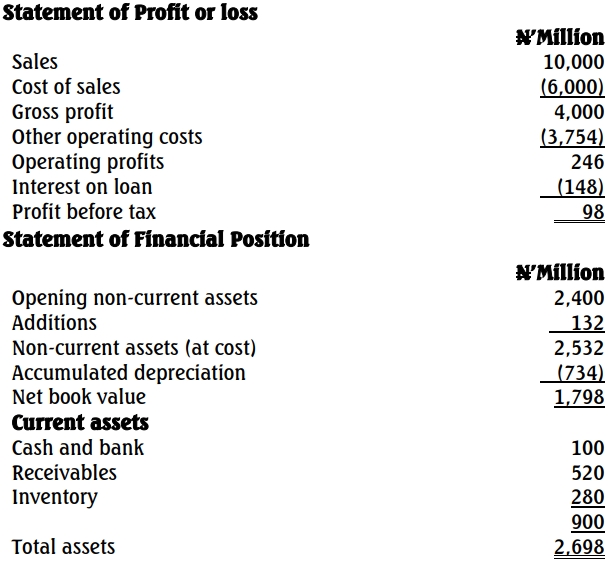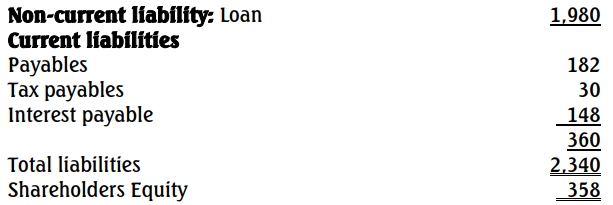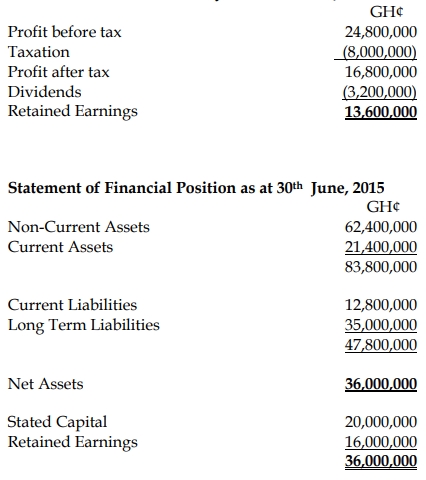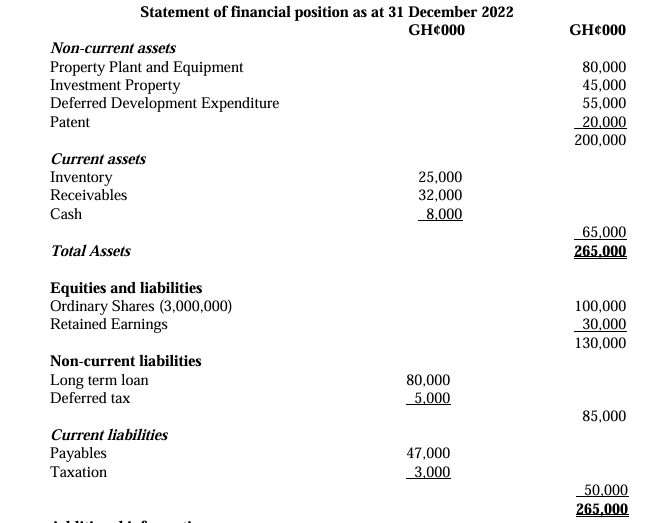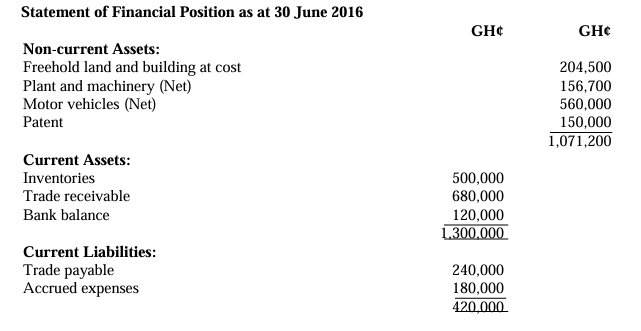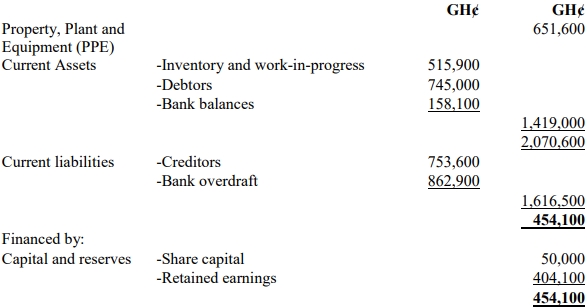- 11 Marks
FM – Nov 2024 – L2 – Q4a – Business Valuation
Valuing a company using the discounted cash flow model and price multiples.
Question
Djokoto PLC (Djokoto) has 12 million ordinary shares outstanding and no other long-term debt. The Finance Director of Djokoto, Adepa, estimates that Djokoto’s free cash flows at the end of the next three years will be GH¢0.5 million, GH¢0.6 million, and GH¢0.7 million, respectively. After Year 3, the free cash flow will grow at 5% yearly forever. The appropriate discount rate for this free cash flow stream is determined to be 15% annually.
In a separate analysis based on ratios, Adepa estimates that Djokoto will be worth 10 times its Year 3 free cash flow at the end of the third year. Adepa gathered data on two companies comparable to Djokoto: Mesewa and Dunsin. It is believed that these companies’ price-to-earnings, price-to-sales, and price-to-book-value per share should be used to value Djokoto.
The relevant data for the three companies are given in the table below:
| Variables | Mesewa | Dunsin | Djokoto |
|---|---|---|---|
| Current Price Per Share | 7.20 | 4.50 | 2.40 |
| Earnings Per Share | 0.20 | 0.15 | 0.10 |
| Revenue Per Share | 3.20 | 2.25 | 1.60 |
| Book Value Per Share | 1.80 | 1.00 | 0.80 |
Required:
i) Estimate Djokoto’s fair value based on the discounted cash flows model. (5 marks)
ii) Compute the following ratios for the comparable companies:
- P/E Ratio (2 marks)
- Price-to-Sales Ratio (2 marks)
- Price-to-Book-Value Ratio (2 marks)
iii) Based on the valuation results, discuss whether an investor should buy, sell, or hold Djokoto shares. Justify your recommendation. (4 marks)
iii) Identify two advantages and two disadvantages of business combinations.
Find Related Questions by Tags, levels, etc.

